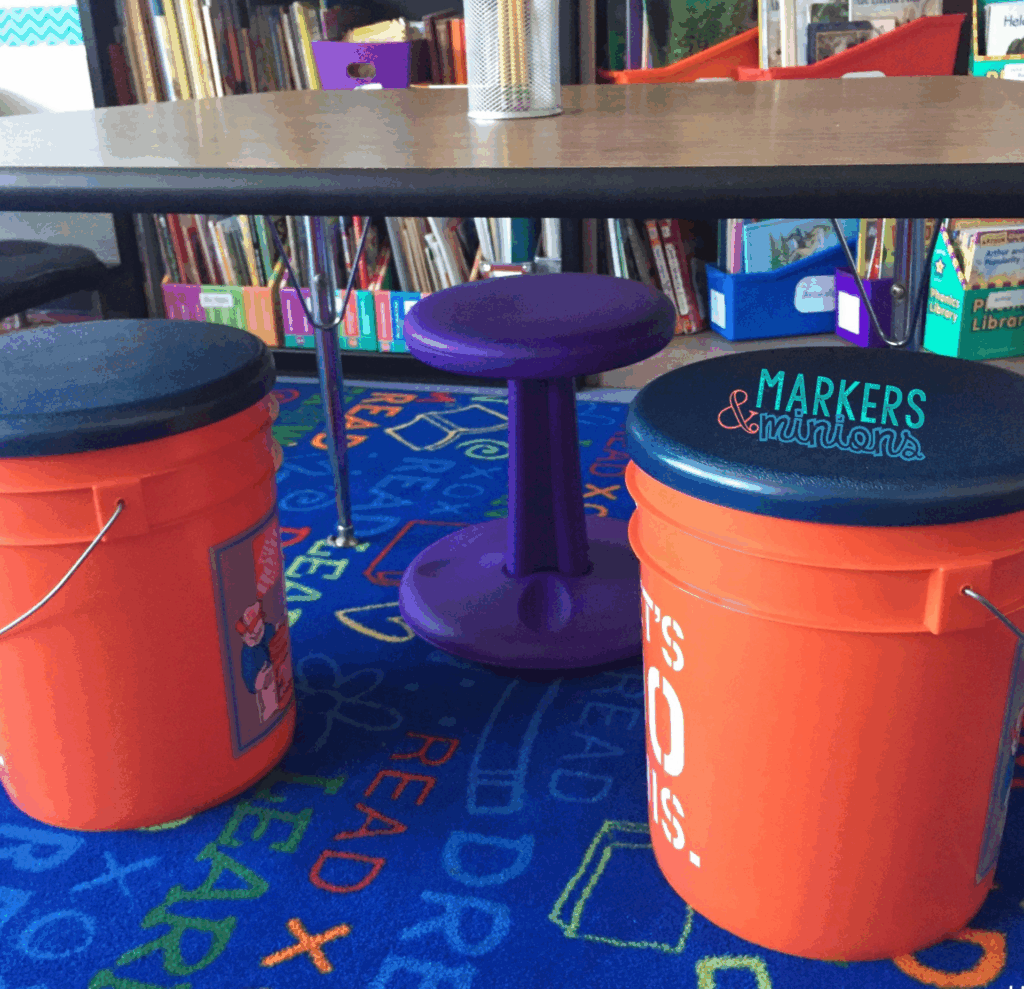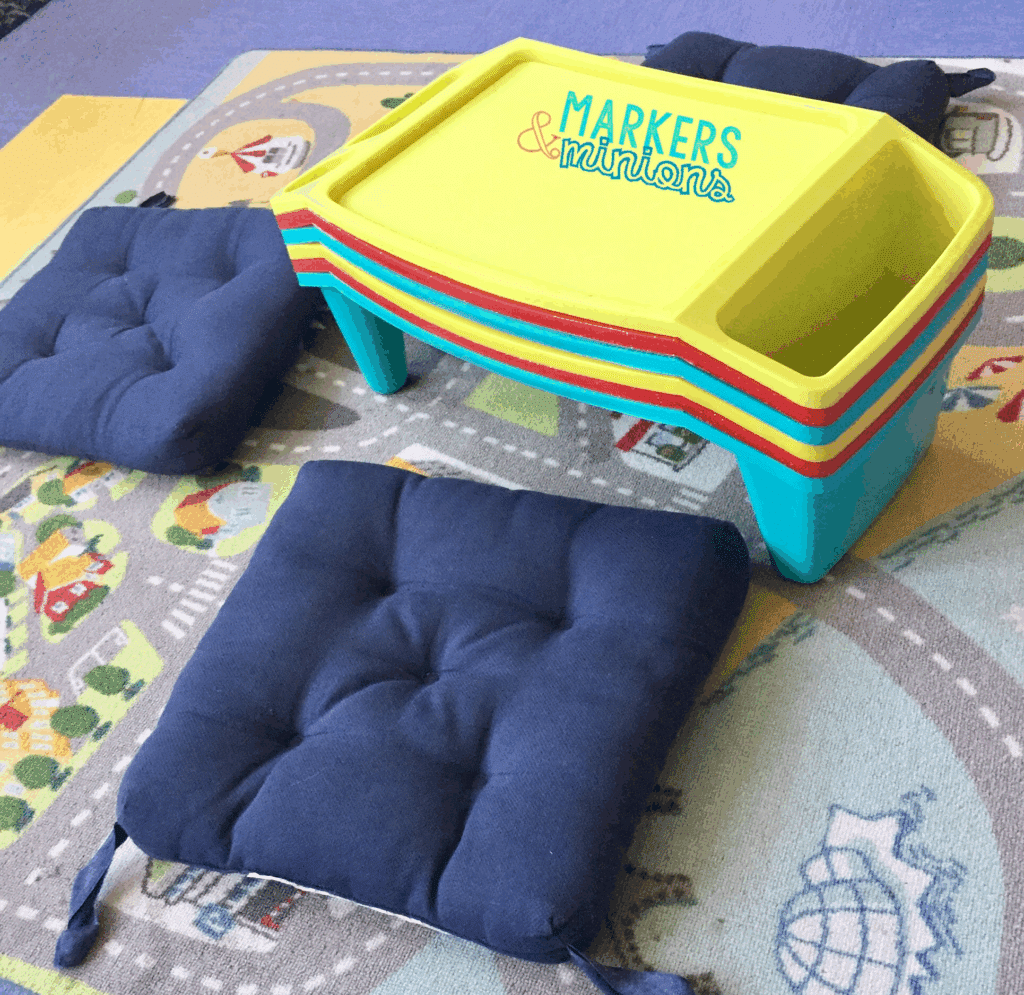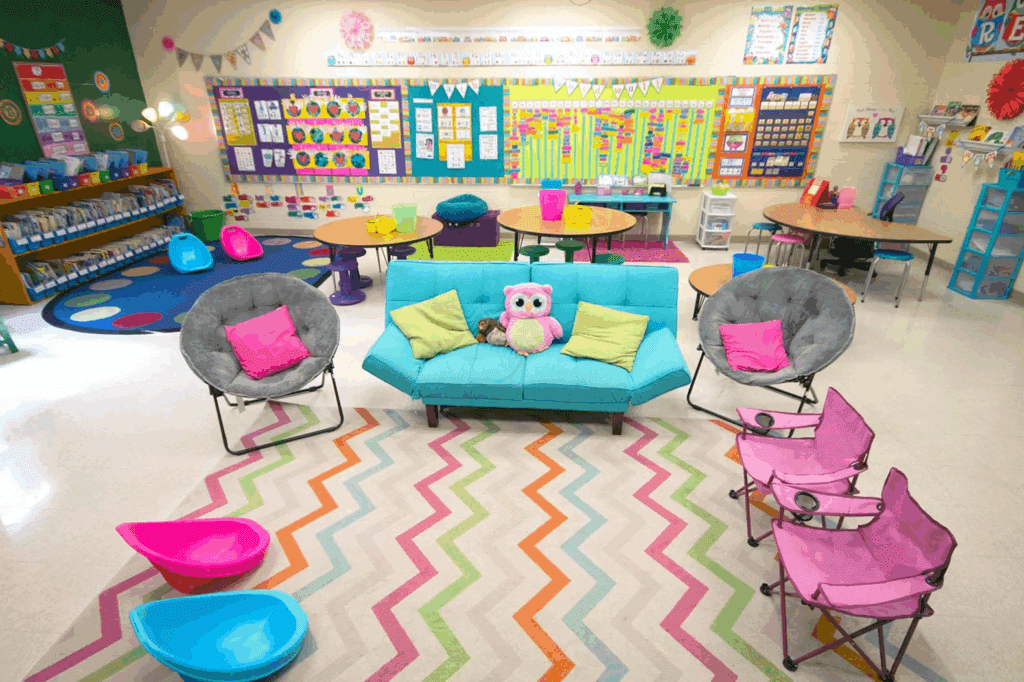Supporting Movement, Choice, and Engagement
In today’s early childhood classrooms, educators are increasingly rethinking traditional seating arrangements in favor of more dynamic, student-centered environments. Flexible seating—where children are offered a variety of seating options like cushions, wobble stools, bean bags, standing desks, and floor spaces—is more than just a trend. It’s a research-supported strategy that fosters autonomy, enhances engagement, and supports the physical and cognitive needs of young learners. Flexible seating provides choice to support self-regulation, a key strategy to help learners find what works for them, and EMPOWER them as learners.




Why Flexible Seating Matters
- Supports Self-Regulation and Focus
Young children are naturally active and benefit from opportunities to move throughout the day. Flexible seating options allow students to choose how and where they sit, which can help them manage their energy levels and focus on tasks. Studies show that movement-based learning environments can improve behavior and attention. For example, Erwin, Fedewa, and Ahn (2012) found that using stability balls in classrooms increased student engagement and decreased off-task behaviors. - Encourages Independence and Decision-Making
Allowing children to choose their seating teaches self-awareness and responsibility. It helps them reflect on where they work best—on the floor with a clipboard, at a low table, or in a bean bag with a book. This autonomy supports intrinsic motivation and builds executive function skills (Center on the Developing Child at Harvard University, 2011). - Fosters a Sense of Belonging and Comfort
Comfortable, child-friendly seating arrangements create a more inviting and inclusive classroom atmosphere. When children feel physically comfortable and emotionally safe, they are more likely to take risks, collaborate, and engage in learning. Flexible seating helps educators design spaces that reflect the needs of diverse learners and promote a sense of ownership in the classroom (Barrett et al., 2015).


Implementation Tips
- Start small: Introduce one or two new seating options and observe how students respond.
- Teach expectations: Model how to use each seating type safely and respectfully.
- Rotate choices: Allow all children the opportunity to try different seats throughout the week.
- Observe and adapt: Watch for signs of increased engagement or discomfort and adjust accordingly.
- Flexible seating isn’t about eliminating structure—it’s about creating a responsive environment where children’s bodies and brains can thrive. When we give young learners the freedom to choose how they engage with their space, we honor their individuality and support their growth in meaningful ways.


References:
Barrett, P., Zhang, Y., Moffat, J., & Kobbacy, K. (2015). The impact of classroom design on pupils’ learning: Final results of a holistic, multi-level analysis. Building and Environment, 89, 118-133.
Bodrova, E., & Leong, D. J. (2007). Tools of the Mind: The Vygotskian Approach to Early Childhood Education(2nd ed.). Pearson.
Center on the Developing Child at Harvard University. (2011). Building the Brain’s “Air Traffic Control” System: How Early Experiences Shape the Development of Executive Function.
Erwin, H., Fedewa, A., & Ahn, S. (2012). Student academic performance outcomes of classroom seating arrangements. American Journal of Occupational Therapy, 66(2), 201–207.

